Weightless
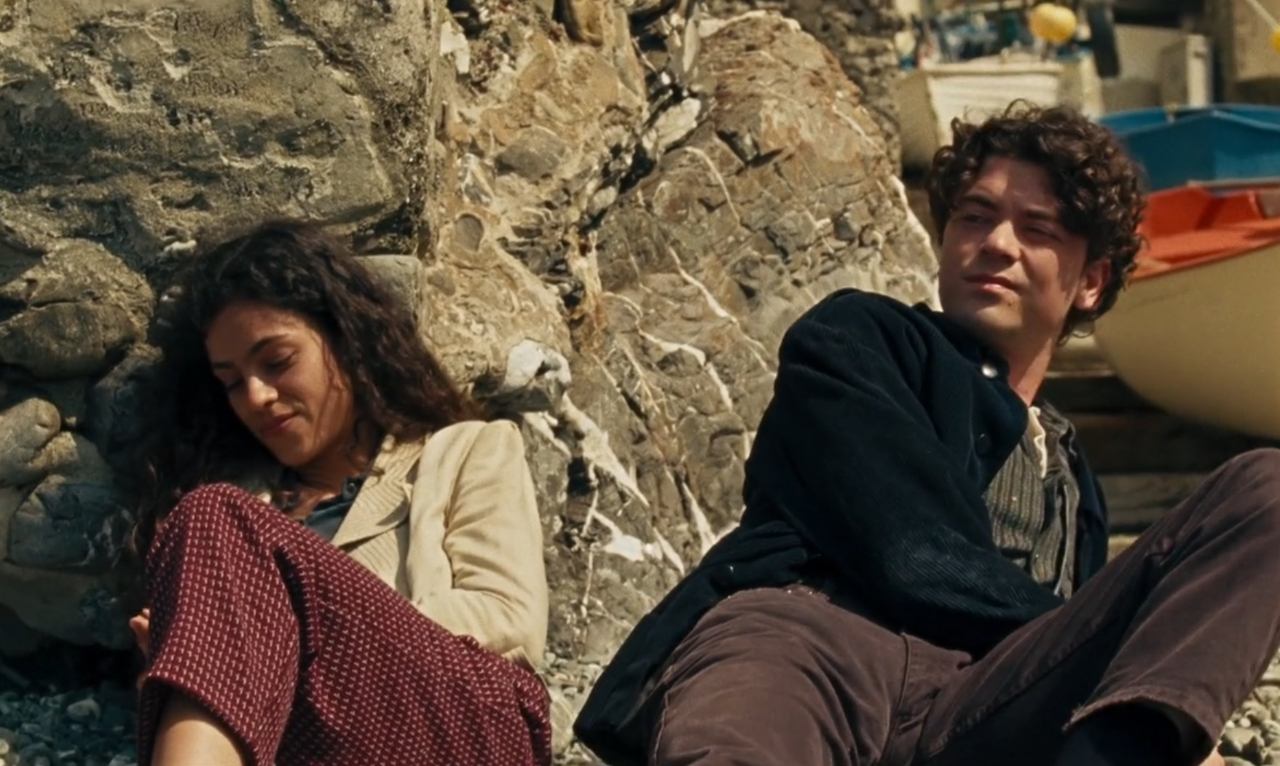
Artists often wrestle with the conundrum: how to give form to grief? How to give it contours, shape? Sophocles had Elektra to express the feelings of rage and deception conjured by loss. CS Lewis observed the effects of social leprosy that rise unbidden from the bereaved. Joan Didion advocated for magical thinking after her husband and daughter passed away in proximity. Julian Barnes – completing the sample – foregrounded balloon flight and aeronautical photography to mourn his wife indirectly, in doing so readjusting the height and depth of his experience, what he termed the levels of life.
An excerpt from Barnes’s 2013 memoir is where Weightless begins – “on the flat, on the level” – from which people look upwards, from which they tragically aspire. Sara Fgaier, in her debut feature, has drawn on Barnes both thematically and formally. The film’s protagonist Gian (Andrea Renzi, impassive) is recently widowed and suffering from trauma-induced amnesia. The feature’s structure intercuts narrative with archive footage, a bricolage of fragments that constitute the navigation of grief. Found objects inspire forms of recollection: diaries, notebooks, photographs.
Light-dappled shots speak across one another in hazy elision. Scenes set in the present tend to use static, theatrical blocking and shallow focus to spotlight Gian’s vague incomprehension at his daughter Miriam’s (Sara Serraiocco) concerned visit. Scenes set in the past deploy scratched film photography to dramatise Gian’s developing romance with Leila (Lise Lomi) as the pair traverse caves and beaches, whispering in a strictly yearning cadence. That Gian works as an ethnomusicologist provides cover for some attractive settings: the serene Tunisian inlet where Gian and Leila become embroiled, recalled via the dazed tones of the Stambeli.
Counterpoint to these flashbacks are stock images that represent ascent and descent – balloons (yes), planes, jugglers, divers – providing diverting gradings of colouring, exposure and grain. The movie sings in these moments: delivering a filmic adaptation of Barnes’s essayistic structure, and for the viewer, a sort of generalised consciousness, a shared mode of memory to piece together a world that came before. The intriguing narrative mezzanine fails to entirely compensate for the pallid dialogue, which deals in expansive and untethered abstractions: love and loss, broadly conceived.
The specificity of grief is better found in the exactness of its curvature. Donald Barthelme considered the balloon in his titular short story, which revealed an apparently boundless, floating object stretching across Manhattan. The balloon is comprehended, measured and anatomised in many conceivable ways, but it is finally understood as “a spontaneous autobiographical disclosure […] awaiting some other time of unhappiness” to be inflated again. The brazen metaphor works because of the detail that preceded it: in Weightless, this accumulative emotional power, wrought from unsentimental precision, is lacking.
Joseph Owen
Weightless does not have a release date yet.
Read more reviews from our London Film Festival coverage here.
For further information about the event visit the London Film Festival website here.

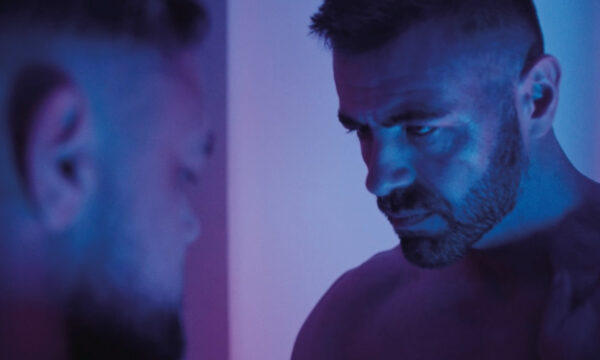
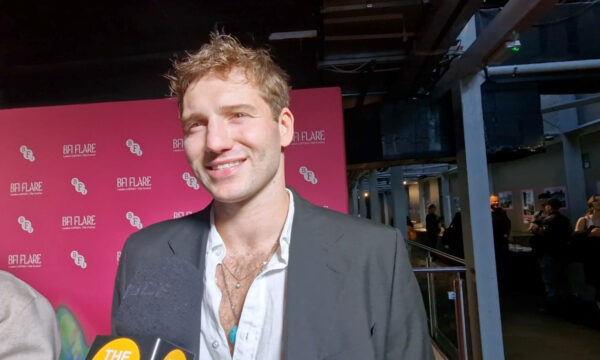

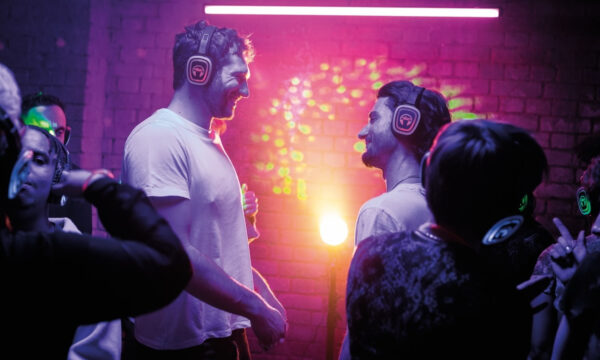
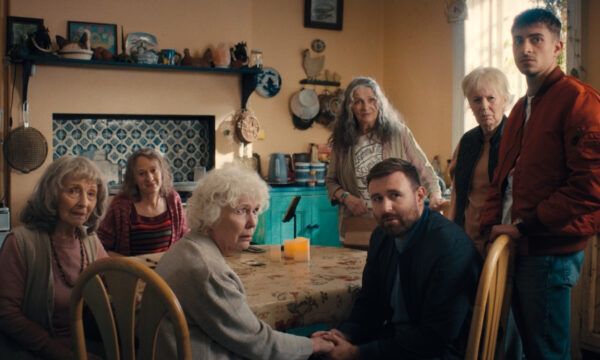
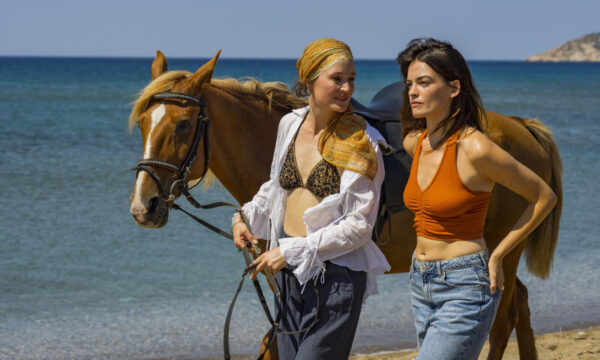
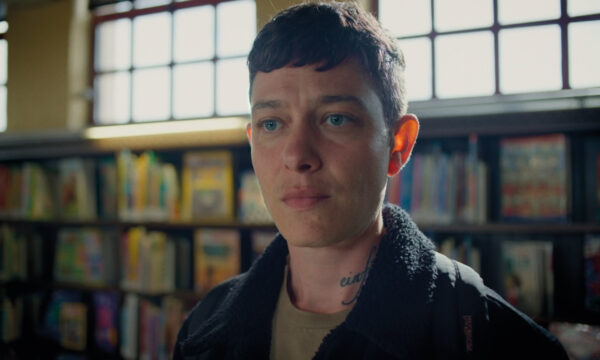








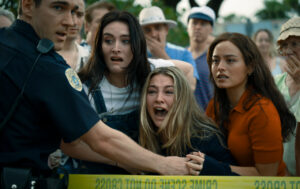

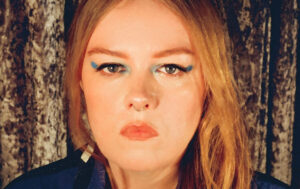






Facebook
Twitter
Instagram
YouTube
RSS